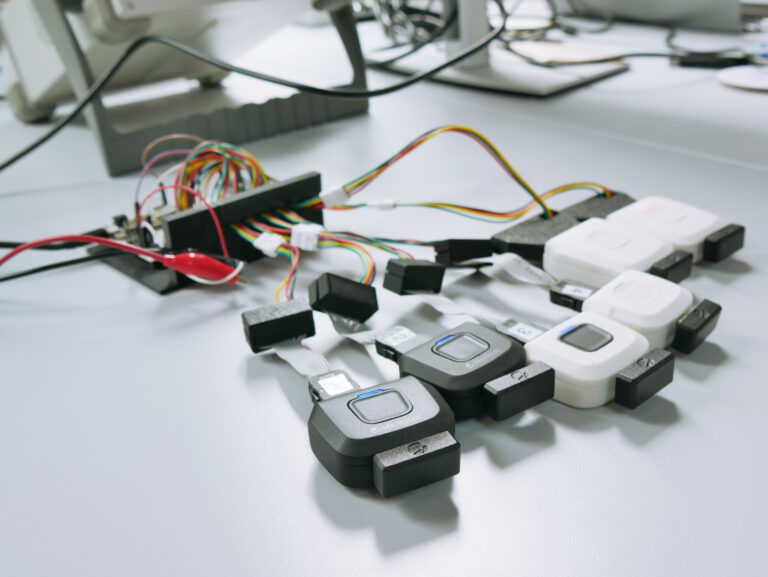
Inside Mentalab Hypersync: How We Test Our Hyperscanning Technology
From predicting frustration to adaptive interfaces, EEG is redefining UX research. Here’s why it matters now.

From predicting frustration to adaptive interfaces, EEG is redefining UX research. Here’s why it matters now.

From predicting frustration to adaptive interfaces, EEG is redefining UX research. Here’s why it matters now.

Explore how ExG biosignals (EEG, ECG, EMG) are transforming automotive R&D for enhanced safety, intuitive HMIs, and personalized driving. Discover how these physiological insights from drivers lead to adaptive vehicle systems and improved well-being.

Mentalab Hypersync enables high-precision wireless synchronization for hyperscanning, multimodal research, and wireless event marking

Understanding volume conduction is essential for accurately interpreting EEG data, as electrical signals don't travel in a straight line from their brain source to the electrodes on your scalp. This phenomenon causes signals to spread and interact, potentially leading to misinterpretations of neural activity. Learn how to mitigate these complex effects and gain more precise insights into brain function.

Students at the University of Michigan's Myelin group have made significant strides in detecting human emotion from neurological signals using EEG and machine learning. By leveraging a custom-built video game and Mentalab's mobile EEG headset, they achieved an impressive 94.7% accuracy in anger detection through the innovative application of fuzzy logic for data classification.

Mastering golf putting is crucial for success, accounting for 41% of shots in a round. Researchers are using mobile EEG, like Mentalab Explore, to delve into the brain's activity during putting, identifying neural patterns associated with expert performance and successful putts.

Choosing the right conductive gel is crucial for obtaining high-quality EEG signals, as not all gels are created equal. Consider factors like viscosity for even spreading and optimal drying time, the salt concentration in its composition for balanced conductivity and subject comfort, and the availability and dispenser type to suit your experimental needs and location.

Sleep is fundamental to our well-being, yet understanding its trends can be complex. EEG offers unique insights into brain activity during sleep, helping us uncover factors contributing to restlessness and fatigue. Mobile EEG devices, like Mentalab Explore, are revolutionizing sleep research by enabling comfortable, at-home recordings that capture comprehensive sleep data, rivaling traditional in-lab polysomnography.

Low-density EEG systems are gaining popularity, offering significant advantages for research, even complementing existing high-density setups. While high-density systems are still the gold standard for detailed source localization, mobile low-density devices provide comparable data quality for many paradigms, enable parallel data collection from multiple subjects, and offer substantial cost savings. Their portability also allows for ecologically valid research outside the lab and helps address inequities in traditional EEG studies by reaching underrepresented populations.